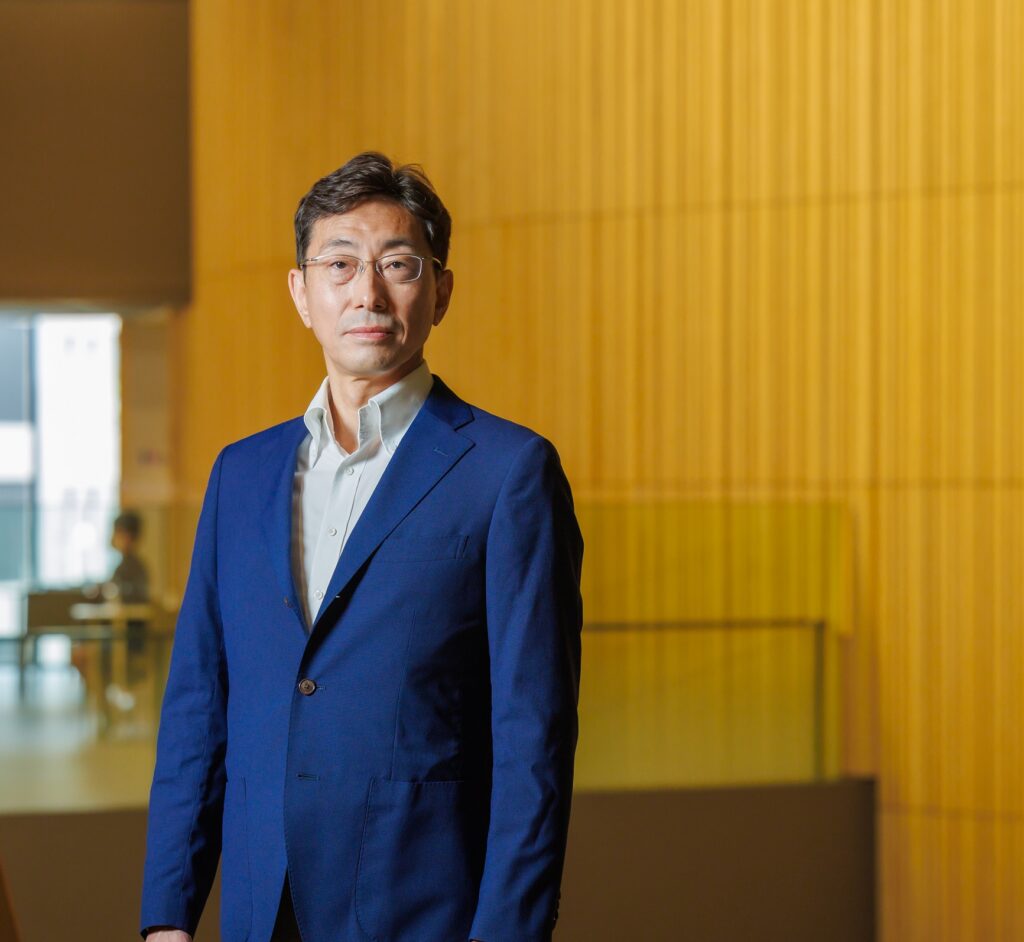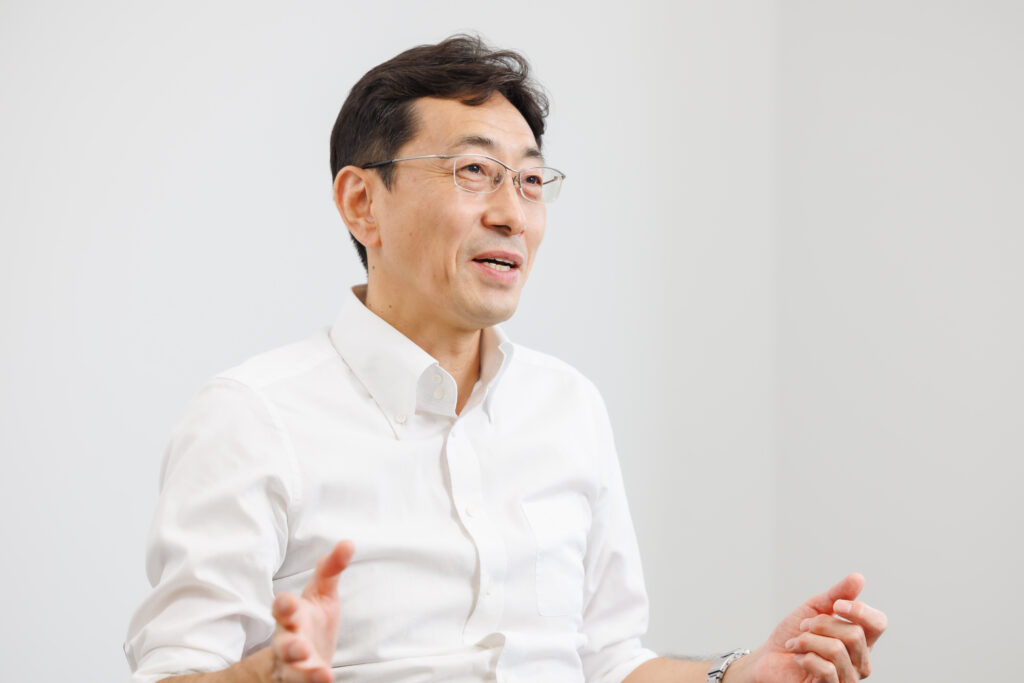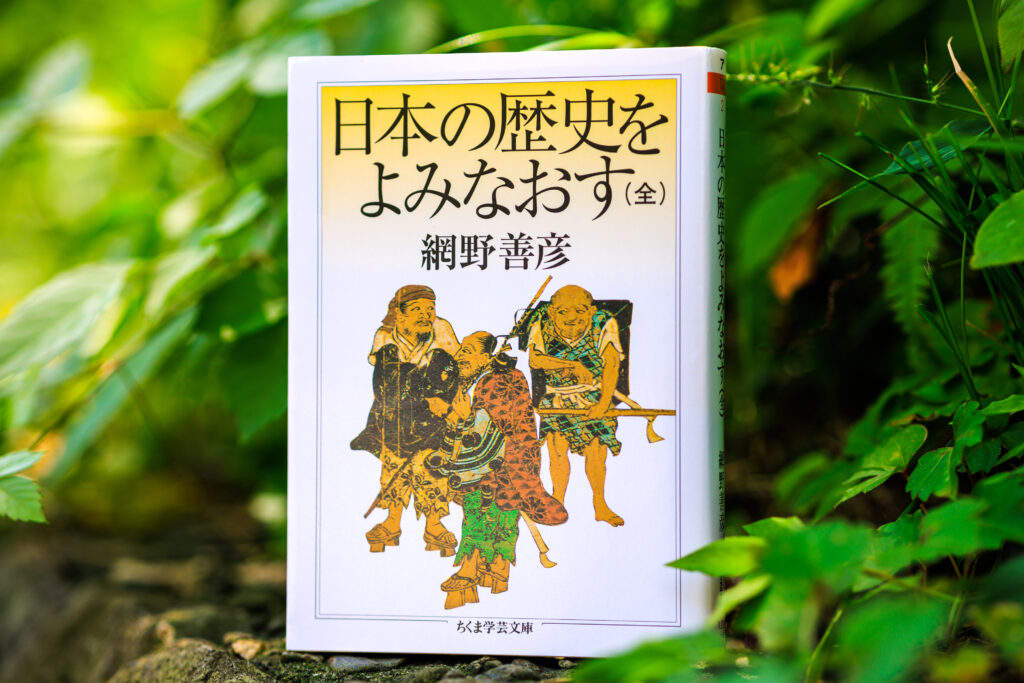
Professor Katsuaki Nakazawa of the Faculty of Humanities specializes in the medieval history of Japan. He talks with us about the appeal of the Middle Ages, which he terms a “foreign culture,” covering how meat-eating was taboo among people of high status, and castles in various regions that were built at shrines and temples.
My specialization is Japan’s Middle Ages, from the end of the Heian period to the Warring States period. One of my core themes is the history of hunting culture. I research how people at the time saw hunting and eating meat.
The influence of Buddhism had strengthened the taboo against eating meat during the Heian period, but searching through period documents suggests that meat was actually eaten quite widely. People were going hunting even as the taboo was gaining strength, so there was quite a lot of conflict there. Looking into the strength of the taboo and the existence of conflicts can show us part of the social structure.
For example, “Mido Kanpakuki,” the diary of Fujiwara no Michinaga, tells us that in his later years, when illness robbed him of his sight, his physician told him he should eat fish and wild birds: these were considered necessary to read the sutras and worship the graven images of Buddha (in other words, he needed to be able to see).
Thus fish and wild birds were prescribed as medication. Flesh was known to have nutritional value. While a noble like Michinaga would not normally have eaten meat, he did so for medical reasons. We often see the phrase “kusurigui” or “medical eating” in the Middle Ages.
The Middle Ages are filled with fascinating cultures that we still don’t know about

In the Kamakura period, Retired Emperor Go-Toba would ride out deer hunting himself. The nobility were supposed to avoid hunting or eating meat, so this is surprising. On the other hand, a lot of samurai in the Kanto region were skilled hunters, and there was almost no taboo against eating meat.
Minamoto no Yoritomo’s “Fuji no Makigari” or Great Fuji Hunt, held in the foothills of Mt. Fuji, was a major event designed to demonstrate the power of the shogunate. Go-Toba is believed to have been inspired by that to carry out his own hunting.
Like the idea of “medical eating” or retired emperors going hunting, in the Middle Ages there were a lot of cultures that seem strange to our modern eyes. These are “foreign cultures.”
Something I hear a lot about the reason to learn history is to learn from the mistakes of the past, or to understand how today’s society came about, but when learning about medieval Japan, the reason is to learn about cultures that seem foreign from our contemporary perspective.
Why were medieval castles built on religious sites?
Another of my themes is castles. Castles are military bases, but in the Middle Ages, they were often constructed in shrines and temples. The overlap of castles and faith would seem to be uniquely medieval phenomenon whereby the military and the religious were inseparable. There were castles around the country that were built atop sacred hills, and continued to enshrine the deities within their walls.
Oda Nobunaga’s castles were examples of this. He built his first castle on Mount Komaki, which was a sacred site for Kannon (Goddess of Mercy). He also enshrined a “Gongen”(manifestation, in other words, a god) in the highest part of Gifu Castle, which was built on a mountain that had been worshipped since ancient times. This form of castle should be able to give us a clue about medieval society, where we can see relationships with religion in both the political and economic spheres.
When I was a student, I read works by historians like Yoshihiko Amino. These allowed me to learn something of the Middle Ages, this “foreign culture,” which gave me an interest in learning its history. Studying the Middle Ages is, I feel, a bit like taking a trip to another country. When you learn about a “foreign culture” you become aware that what you thought was self-evident, normal, is actually not.
Delving into the history of the Middle Ages, understanding what parts connect to the present, what parts do not, will enable you to consider our contemporary world objectively. That is the appeal of researching Japan’s Middle Ages. I would like high school students to understand this appeal.
The book I recommend
“Nihon no Rekishi wo Yominaosu (Zen)”(Revisiting Japanese History (Complete))
by Yoshihiko Amino, Chikuma Gakugei Bunko

Amino, a specialist in medieval history, overturns one after another the standard images of Japan such that it was an agriculture-based society. This is a mass-market paperback edition of a classic that has been written simply enough for high school students to follow, and I recommend it as an introductory text that will allow readers to appreciate the appeal of researching the Middle Ages.
-
Katsuaki Nakazawa
- Professor
Department of History
Faculty of Humanities
- Professor
-
Obtained his Ph.D. in History from the Department of History, Graduate School of Literature, Aoyama Gakuin University. After obtaining a JSPS Research Fellowship for Young Scientists, working as associate professor at the National Institute of Technology, Nagano College, then associate professor at Sophia’s Faculty of Humanities, he was appointed to his current position in 2017.
- Department of History
Interviewed: August 2022